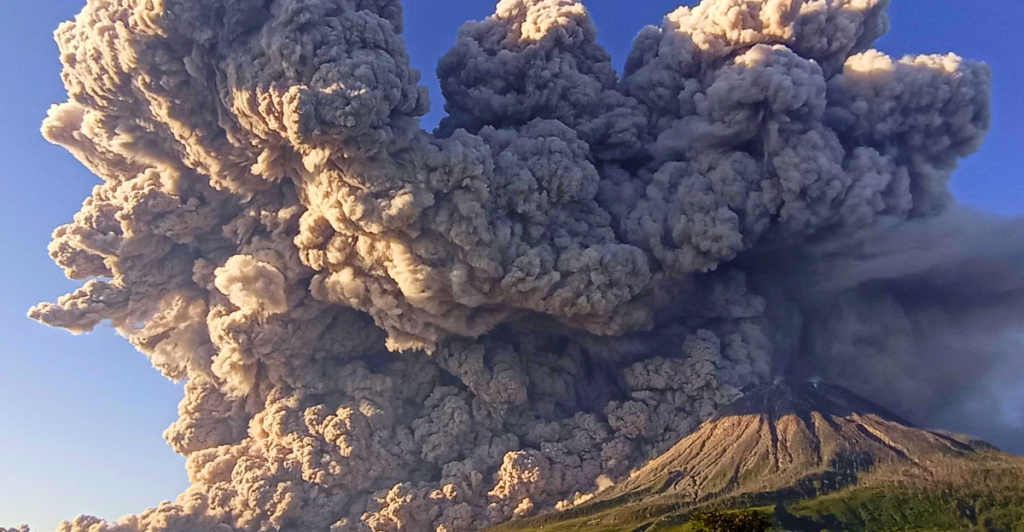
Volcanoes are among the most powerful forces of nature, capable of reshaping landscapes and impacting millions of lives. Some volcanoes are active and erupt frequently, while others remain dormant for centuries before suddenly awakening. Many dormant volcanoes still hold the potential for explosive eruptions, making them a subject of close scientific monitoring. Here are ten volcanoes that could erupt without warning, each with a history of activity and a potential for future eruptions.
1. Mauna Loa: The Giant of Hawaii
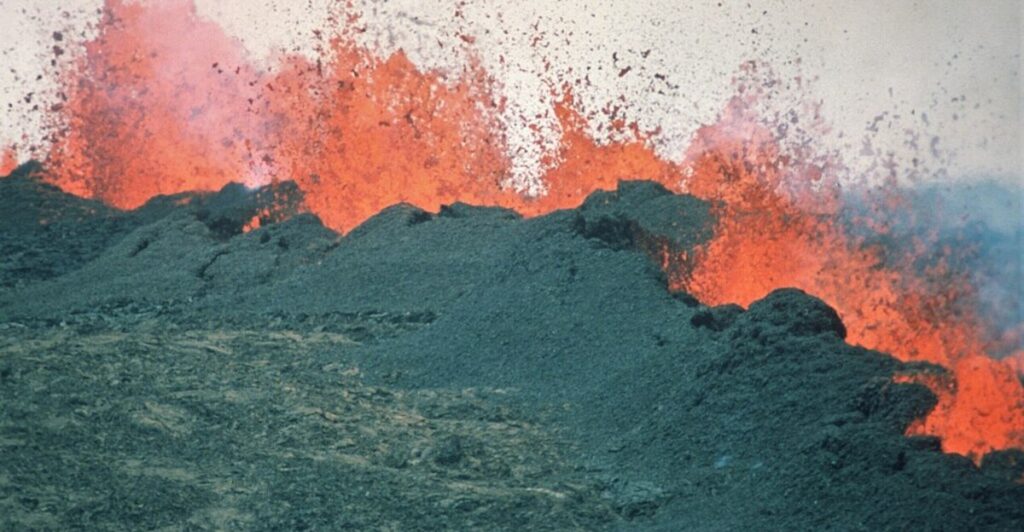
Mauna Loa, located on the Big Island of Hawaii, is the world’s largest volcano by volume. Rising 13,681 feet above sea level, its base extends to the ocean floor, making it taller than Mount Everest from base to summit. Since its first recorded eruption in 1843, Mauna Loa has erupted 33 times, with its most recent eruption occurring in 1984. While its eruptions are typically effusive, its size and proximity to populated areas make it a major concern. Scientists continuously monitor it for signs of renewed activity.
2. Mount Nyiragongo: Africa’s Most Dangerous Volcano

On 22 May 2021, shortly before 7 pm, residents of the city of Goma, east of the Democratic Republic of Congo, sounded the alarm. They witnessed the appearance of a lava flow from a fracture on the side of the Nyiragongo volcano. ‘This Nyiragongo eruption was not preceded by any of these usual precursor signals despite continuous monitoring by networks of ground-based instruments and satellite sensors. In hindsight, seismic records showed that the first events marking unusual activity started less than 40 minutes before the first lava flows. This very short delay between the first earthquakes and the eruption tells us that the magma needed very little time to reach the surface because it was already stored at a shallow depth,’ says the researcher.
3. Mount Fuji: Japan’s Iconic Volcano

Mount Fuji, located on Honshu Island in Japan, is one of the most recognizable volcanoes in the world. Standing at 12,388 feet, its symmetrical cone shape makes it a symbol of Japan. Its last eruption was in 1707, but scientists warn that it remains a potential threat, especially to the densely populated Tokyo metropolitan area. Mount Fuji is a revered cultural and spiritual landmark, often depicted in art and literature.
4. Mount St. Helens: The U.S. Geological Time Bomb

Mount St. Helens in Washington state is infamous for its catastrophic 1980 eruption, which dramatically reshaped the landscape and caused significant loss of life. Standing at 8,363 feet, it has remained dormant since 2008, though it is still considered an active volcano. Scientists closely study Mount St. Helens to understand volcanic behavior and its potential for future eruptions.
5. Mount Vesuvius: The Threat to Naples
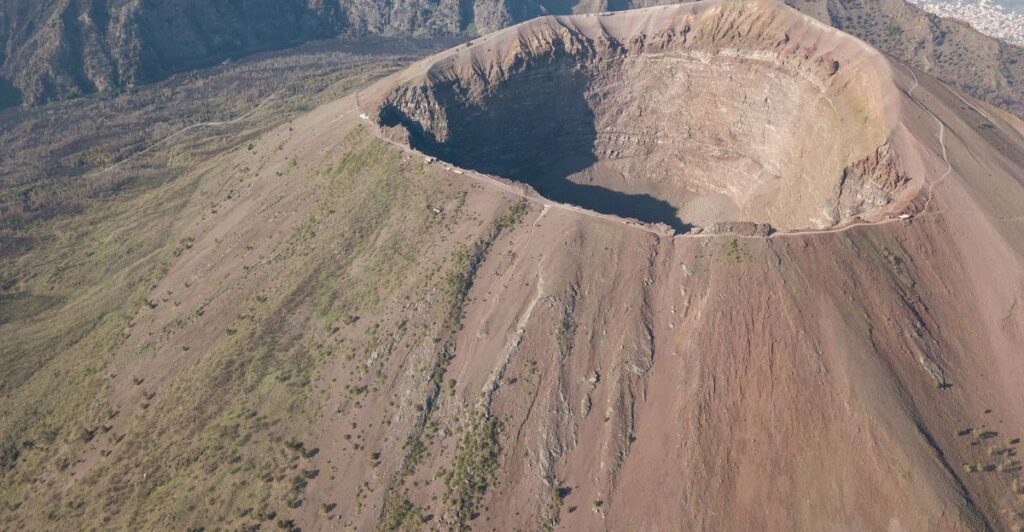
Mount Vesuvius, towering at 4,203 feet, is one of history’s most infamous volcanoes. Its 79 AD eruption buried Pompeii and Herculaneum under volcanic ash, preserving them for centuries. Although it last erupted in 1944, millions of people live near the volcano today, making it one of the most closely monitored volcanoes in the world. Scientists fear another eruption could be disastrous for Naples and surrounding areas.
6. Mount Etna: Europe’s Most Active Volcano
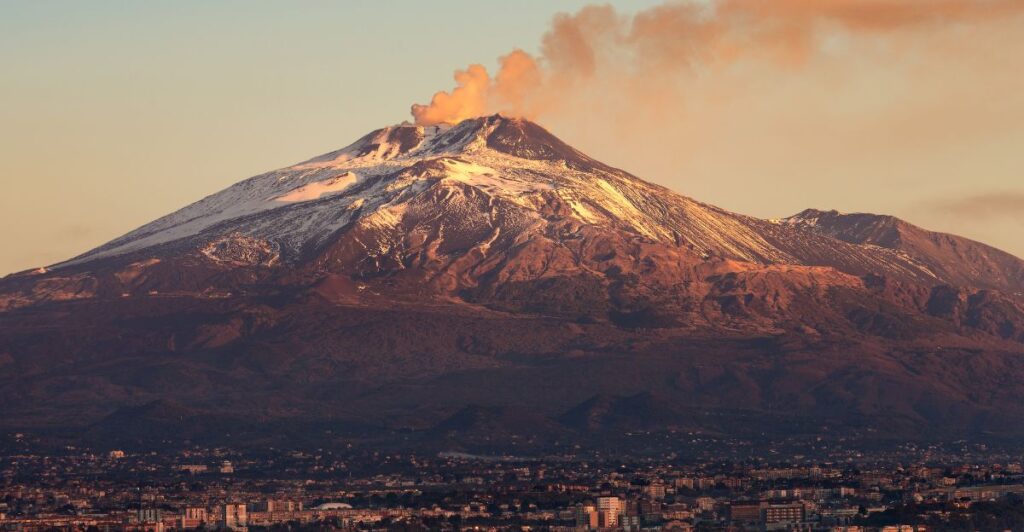
Mount Etna, located in Sicily, Italy, stands at 10,922 feet and is Europe’s highest and most active volcano. With frequent eruptions, the most recent occurring in 2021, it continuously reshapes its landscape. Its explosive eruptions produce massive ash clouds, affecting nearby towns. Mount Etna is culturally significant, associated with the Greek god Hephaestus, and surrounded by ancient ruins.
7. Mount Rainier: The Lahar Threat
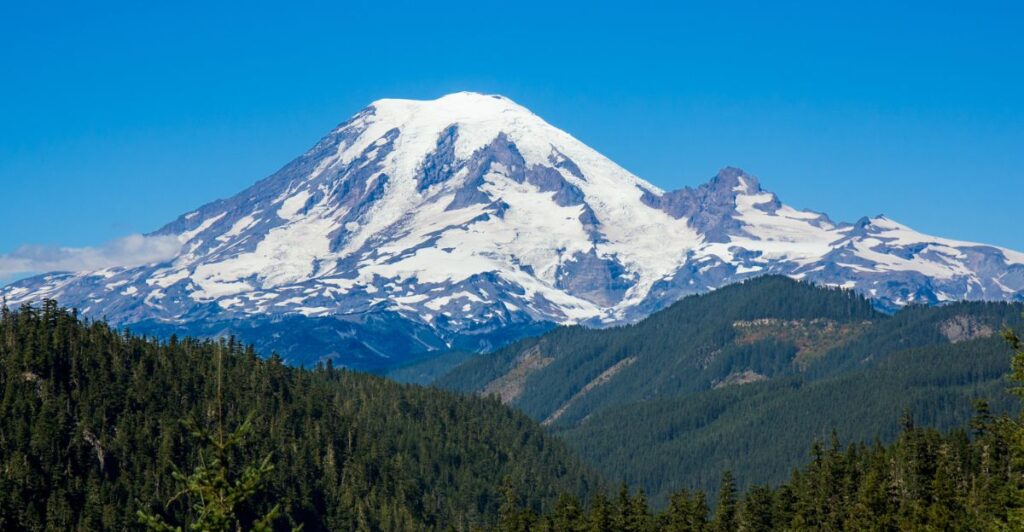
Mount Rainier, a 14,410-foot stratovolcano in Washington state, is considered one of the most dangerous U.S. volcanoes due to its potential to trigger deadly lahars (volcanic mudflows). Although it has not erupted in over a century, its glaciers could contribute to catastrophic mudslides in an eruption. Scientists closely monitor Mount Rainier for seismic activity, as it poses a significant risk to nearby communities.
8. Mount Taranaki: New Zealand’s Sleeping Beauty
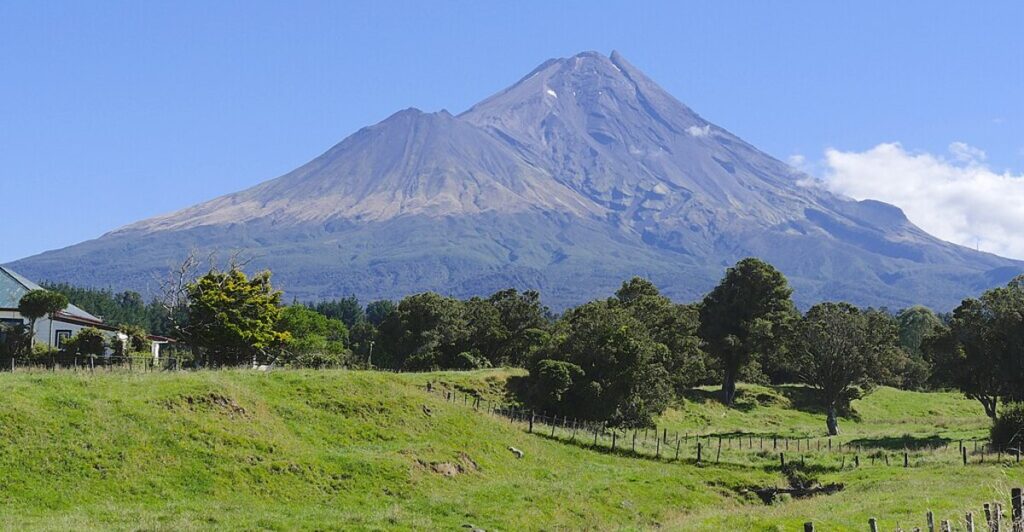
Mount Taranaki, an 8,263-foot stratovolcano in New Zealand, last erupted around 1850. Its symmetrical shape and snow-capped peak make it one of the world’s most picturesque volcanoes. Though considered dormant, Mount Taranaki has the potential to erupt again. It is sacred to the Māori people, who tell legends of its battles with other mountains.
9. Mount Tambora: The Volcano That Changed the World
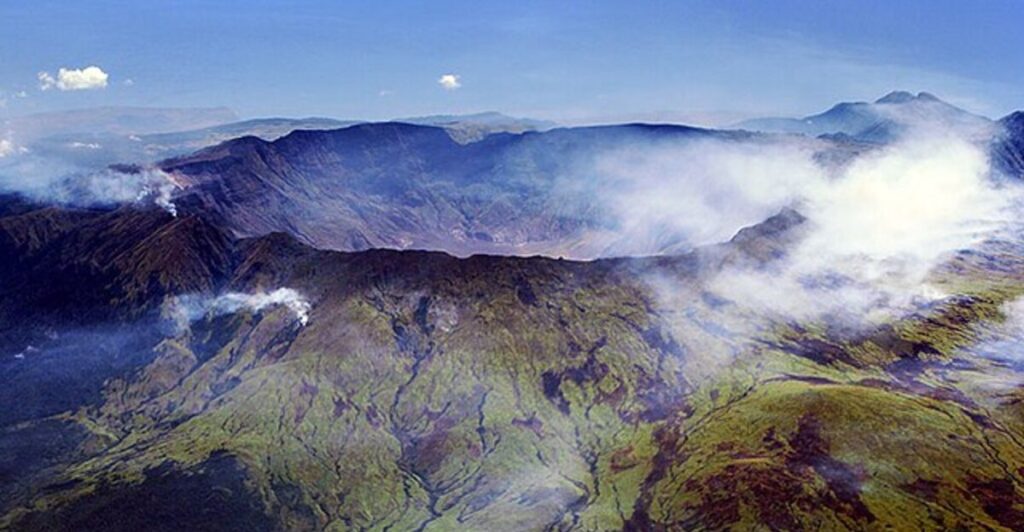
Mount Tambora, standing at 9,350 feet in Indonesia, erupted catastrophically in 1815, causing the “Year Without a Summer” and global climate disruptions. Though dormant today, it remains under close observation due to its history of powerful eruptions. The impact of its 1815 eruption is still studied by scientists as an example of how volcanoes can affect global weather patterns.
10. Mount Pelee: The Destroyer of Saint-Pierre
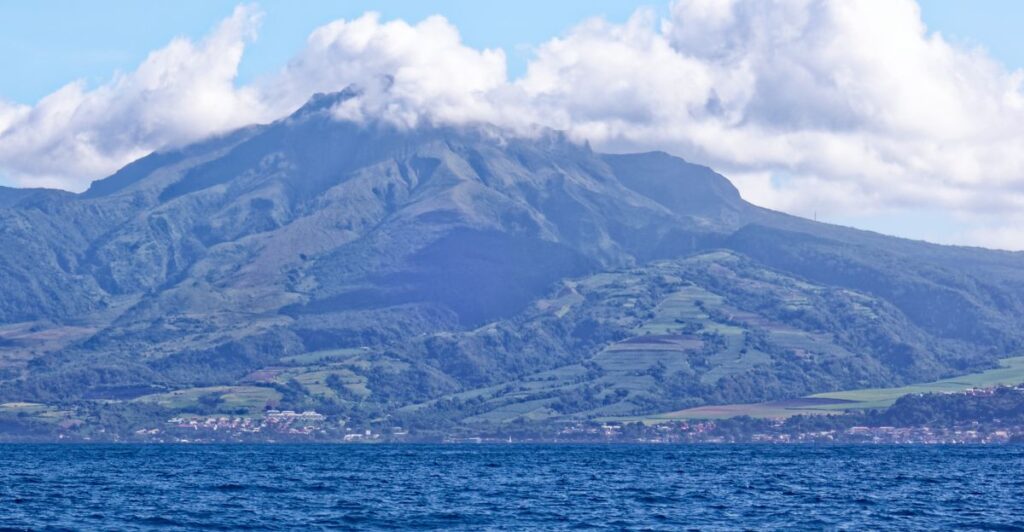
Mount Pelee, a 4,583-foot volcano on Martinique, erupted in 1902, obliterating the city of Saint-Pierre and killing nearly 30,000 people. Though dormant since, it remains an active volcano under continuous monitoring. The ruins of Saint-Pierre serve as a stark reminder of the volcano’s deadly potential.
The Importance of Monitoring Volcanoes

Volcanoes may appear dormant, but their potential for sudden eruptions cannot be underestimated. Scientists rely on seismic activity, gas emissions, and other warning signs to predict eruptions, but nature often remains unpredictable. Understanding the histories and risks associated with these volcanoes is crucial for preparedness and disaster prevention. By closely monitoring these sleeping giants, we can mitigate the potential loss of life and property in the event of an unexpected eruption.
The Uncertain Future of Dormant Volcanoes

Despite their current inactivity, these volcanoes remain geological ticking time bombs. Their past eruptions have shaped landscapes, affected global climates, and left lasting cultural impacts. Understanding their history and closely monitoring their activity is crucial in preparing for potential future eruptions. The power of nature is vast, and these volcanoes remind us of Earth’s ever-changing dynamics.
Discover more of our trending stories and follow us to keep them appearing in your feed

The 13 Most Active Volcanoes in the United States – How Close Are You?
Top 12 Dormant Volcanoes That Could Erupt at Anytime
Hurricane-Like Bomb Cyclone Set to Impact These 8 States
13 Dog Breeds That Will Defend Their Humans No Matter What
References:
Reference 1
Reference 2
This article first appeared here
Stay connected with us for more stories like this! Follow us to get the latest updates or hit the Follow button at the top of this article, and let us know what you think by leaving your feedback below. We’d love to hear from you!







